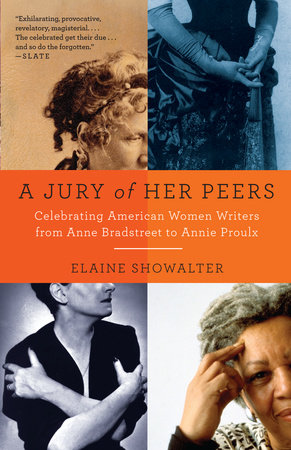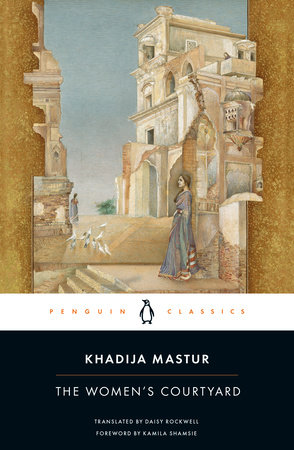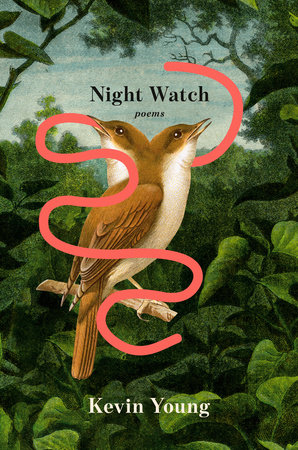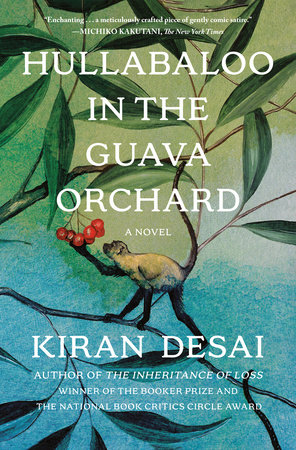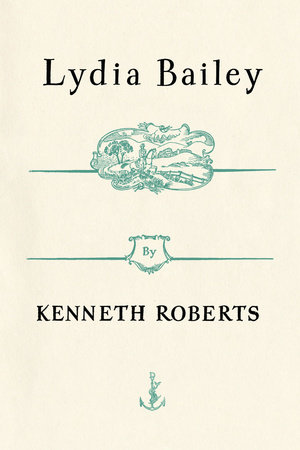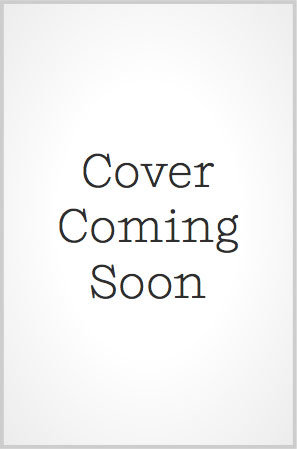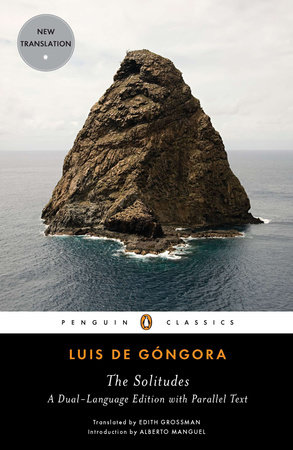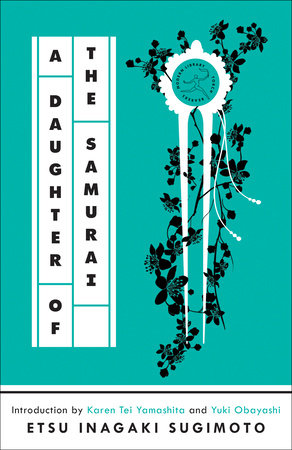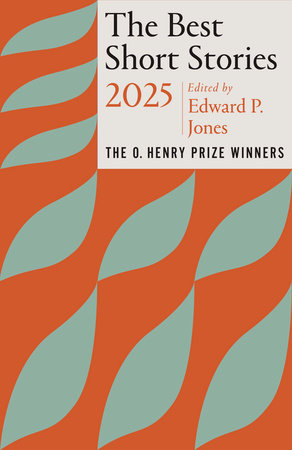Q: In 1977, you published A Literature of Their Own about British women writers, and now comes A Jury of Her Peers, the American counterpart. Why did you decide to write this book more than 30 years after that first volume?
A: In A Literature of Their Own, I covered about 150 years of work by women novelists in England. I always wanted to write a literary history of American women writers, but that was a much larger task—a time span of more than 350 years, an enormous country, and a much more racially, regionally, and ethnically diverse group of authors, especially since I also wanted to include poetry and drama. So I needed a long, clear stretch of time to read, research, visit archives, ponder, and write. That time and freedom was never available while I was raising my family and completely involved and immersed in university teaching. The beginning of the 21st century seemed like the right moment for the book, and maybe the last chance for me, and in 2003, I made the decision to take early retirement from Princeton and devote myself entirely to this study of the American literary tradition.
Q: Tell us about the process and criteria for selecting the more than 250 writers introduced in A Jury of Her Peers.
A: I didn’t pre-select the number or the names of the writers in the book, and in fact I didn’t know how many I had included in A Jury of Her Peers until an editor at Knopf did a final count. I knew the work of many American women writers through my own reading, teaching, and research, but I wanted to go beyond the standard names and texts for this literary history. I started reading American women’s literature published in 1650, with Anne Bradstreet, and kept reading decade by decade until I got to the present. As I went along, I noted which writers impressed me with their imagination, skill, insight, daring, readability, and creative importance, and then as I thought about constructing a historical narrative that would include them, I sought out their contemporaries. From the beginning, I was looking at women who considered themselves writers, and wrote to be published, rather than women who kept diaries, or wrote letters; but of course, I couldn’t be too rigid about my criteria, since Emily Dickinson published only seven of her 2000 poems during her lifetime…
Q: Do you believe that women have been fully embraced by the literary establishment?
A: Julia Ward Howe, who is best-known today as the author of the “Battle-Hymn of the Republic,” was a daring poet, far ahead of her time, but her stunning book, Passion-Flowers, published anonymously in 1853, offended her husband so much that he threatened to divorce her and take custody of their children if she ever wrote anything like it again. And she didn’t. Gwendolyn Brooks, who died in 2000, is often overshadowed by African-American women writers of the Harlem Renaissance, who are more frequently taught and read, but she was a wonderful novelist as well as a very sophisticated and ambitious poet. Her novel Maud Martha, published in 1953 and set on the South Side of Chicago, is a memorable and moving portrait of a young black woman.
Q: Authors aside, who are some of your favorite female characters encountered over the years?
A: I like Miranda Gay, the heroine of Katherine Anne Porter’s Pale Horse, Pale Rider, who is one of the many female characters in American women’s fiction named “Miranda,” like the heroine of Shakespeare’s The Tempest encountering her brave new world. I also admire Bernice, the black housekeeper in Carson McCullers’ Member of the Wedding, and Domna Rejnev, the fierce young professor in Mary McCarthy’s The Groves of Academe. In general, though, many of my favorite female characters tend to be funny ones, including the Widow Bedott and “Josiah Allen’s Wife” in the 19th century, who satirized everything from lazy men to women’s suffrage meetings. And of course, I love Jo March in Little Women.
Q: A Literature of Their Own sparked some controversy when it came out, related to your writings on Virginia Woolf. Does A Jury of Her Peers include content that might stir up a few debates?
A: I’m sure that there will be readers, reviewers, and scholars who will disagree with my choices or my opinions and judgments. For example, I’m not always enthusiastic about women writers who have been academic favorites, such as Gertrude Stein, and I try to show the importance of some writers who have been neglected, overlooked, or excluded because of their political views. But the whole point of literary history is to have controversy, argument, and lively debate.
Q: What female writers have inspired and encouraged your own work?
A: I’m inspired by all of them, from Anne Bradstreet to Annie Proulx, but Margaret Fuller is my greatest heroine. She was not the most gifted as a writer, but she was the most generous and adventurous, and in the end, tragic yet triumphant. Fuller was determined to have a full life despite all the obstacles she faced as a brilliant woman in the early 19th century. Denied university education, sexual freedom, and political action, she made herself one of the most learned, loving, politically engaged woman of her time. I am indignant to think that she has no monument, and that no colleges, highways, airports, or national holidays have been named for her.
Q: Your book is coming out in March, which is also Women’s History Month. What are your thoughts on this annual event?
A: Women’s History Month has been useful for calling attention to a neglected part of our heritage. I hope my book will help both men and women understand what women writers have contributed to American literary history. Ideally, in the not too distant future, I’d like to see an American History Month, with the women writers I discuss celebrated as an essential part of it.
